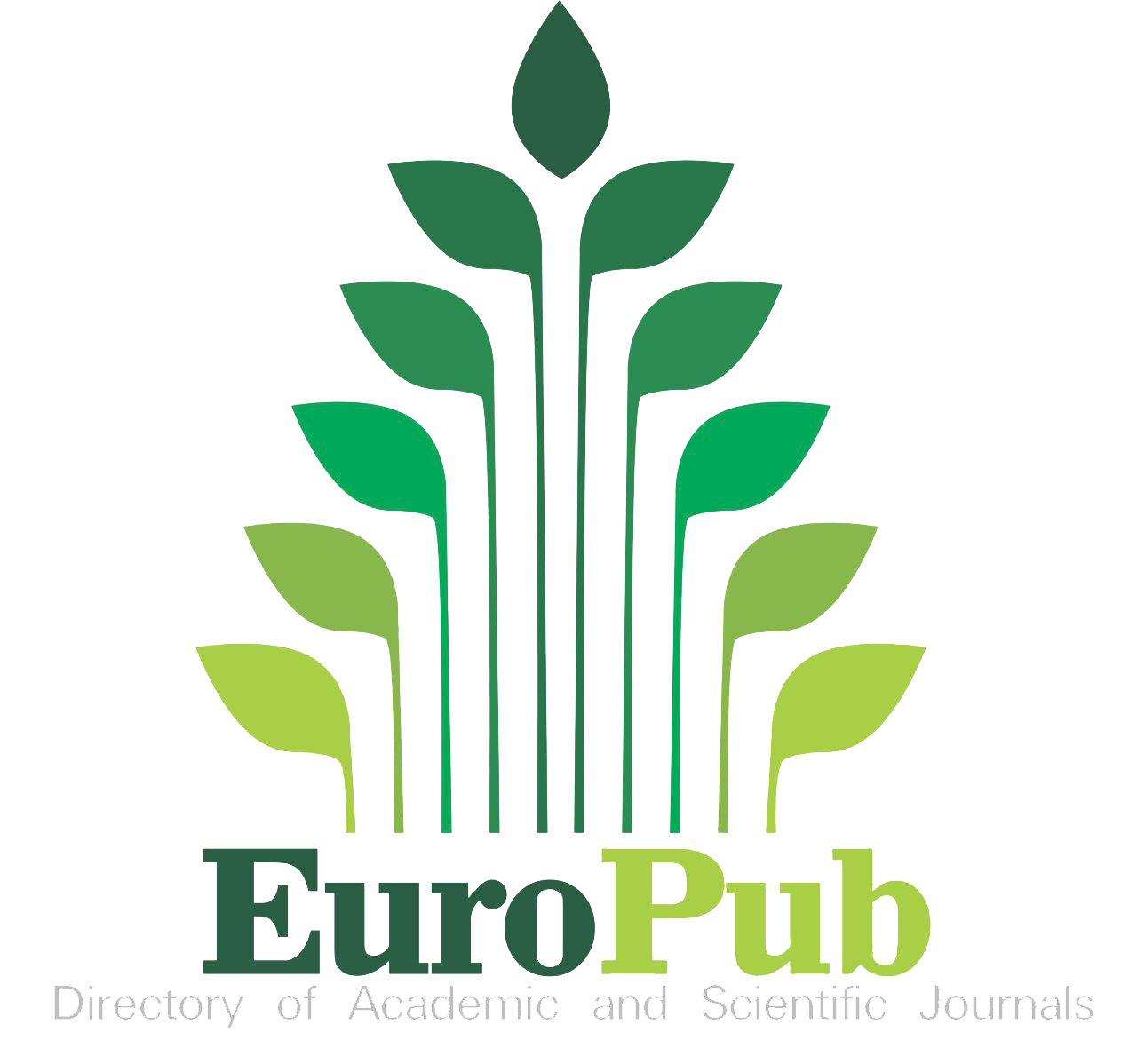Application of Pomegranate Peel Waste in Descaling of Stainless-Steel Water Boilers
DOI:
https://doi.org/10.54536/ajmri.v4i3.4043Keywords:
Bioactive, Environmentally -Friendly, Limescale, Pollution, Pomegranate Peel (PGP), Stainless SteelAbstract
Pomegranate peel, has traditionally been considered agricultural waste. However, recent research studies have revealed its potential as a rich source of bioactive compounds with diverse biosorbent and pharmacological effects used in diverse industries. Pomegranate peel is a rich reservoir of antioxidants, polyphenols, dietary fibre, and vitamins, which contribute to its remarkable bioactivity as biosorbent. Furthermore, pomegranate peel has the potential to be used to develop bioactive reagents used in the food industry, and biosorbent reagents to be utilized and water purification industry. Traditionally, limescale build-up is one of the main causes of stainless-steel kettle and boiler failure. This is due to the elements in stainless steel constantly being exposed to water. Chemical descalers are available to buy, some designed specifically for metal kettles and others for plastic models and the user should check if they are suitable for the appliance. Promoting the use of environmentally friendly descalers is our target for this research, where we can use fruit peels in the form pomegranate peel (PGP) to descale stainless steel kettles and boilers, subsequently decreasing the pollution level in our environment. This publication describes how the variety of phenolic substances in pomegranate peel (PGP), which includes tannins, flavonoids, phenolic acids, dietary fibre and other bioactive substances such as alkaloids, minerals, can be employed as environmentally-friendly active reagents for descaling the limescale precipitated in stainless-steel equipment and appliances. Descaling from natural products is a process where components act as scavenging or antioxidant species. The waste of the pomegranate peels also can be better reused for diverse industrial applications.
Downloads
References
Ahmad, M. A., Ahmad Puad, N. A., & Bello, O. S. (2014). Kinetic, equilibrium, and thermodynamic studies of synthetic dye removal using pomegranate peel activated carbon prepared by microwave-induced KOH activation. Water Resources and Industry, 6, 18–35.
Ajmal, M., Adeel, S., Azeem, M., Zuber, M., Akhtar, N., & Iqbal, N. (2014). Modulation of pomegranate peel colourant characteristics for textile dyeing using high-energy radiations. Industrial Crops and Products, 58, 188–193.
Ay, C. O., Erdogan, S. Y., & Ozcan, A. (2012). Characterization of Punica granatum L. peels and quantitative determination of its biosorption behavior towards lead (II) ions and Acid Blue 40. Colloids and Surfaces B: Biointerfaces, 100, 197–204.
Baran, E., Cakir, A., & Yazici, B. (2019). Inhibitory effect of Gentiana olivieri extracts on the corrosion of mild steel in 0.5 M HCl: Electrochemical and phytochemical evaluation. Arabian Journal of Chemistry, 12, 4303–4319.
Ben-Ali, S. (2021). International Journal of Chemical Engineering, 2021, Article ID 8840907, 19 pages. https://doi.org/10.1155/2021/8840907
Ben-Ali, S., Jaouali, I., Souissi-Najar, S., & Ouederni, A. (2017). Characterization and adsorption capacity of raw pomegranate peel biosorbent for copper removal. Journal of Cleaner Production, 142, 3809–3821.
El-Ashtoukhy, E.-S. Z., Amin, N. K., & Abdiwahab, B. (2008). Removal of lead (II) and copper (II) from aqueous solution using pomegranate peel as a new adsorbent. Desalination, 223(1–3), 162–173.
He, J. X., Xi, L., & Yan, L.-G. (2017). Continuous extraction of phenolic compounds from pomegranate peel using high-voltage electrical discharge. Food Chemistry, 230, 354–361.
Hasnaoui, N., Wathelet, B., & Jimenez-Araujo, A. (2014). Valorisation of pomegranate peel from 12 cultivars: Dietary fibre composition, antioxidant capacity, and functional properties. Food Chemistry, 160, 196–203.
Lansky, E. P., & Newman, R. A. (2007). Punica granatum (pomegranate) and its potential for prevention and treatment of inflammation and cancer. Journal of Ethnopharmacology, 109(2), 177–206.
Lower, S. (2007, July). Hard water and water softening. Science Facts. Retrieved October 8, 2007.
Melgarejo, P., & Valero, D. (2012). The pomegranate tree in the world: Its problems and uses. In Proceedings of the II International Symposium on the Pomegranate Méditerranéennes (pp. 11–25). Madrid, Spain.
Moghadam, M. R., Nasir Zadeh, N., Dashti, Z., & Baba Nezhad, E. (2013). Removal of Fe (II) from aqueous solution using pomegranate peel carbon: Equilibrium and kinetic studies. International Journal of Industrial Chemistry, 4(1), 19.
Mo, Y., Ma, J., Gao, W., Zhang, L., Li, J., Li, J., & Zang, J. (2022). Pomegranate peel as a source of bioactive compounds: A mini review on their physiological functions. Frontiers in Nutrition, 9, 887113. https://doi.org/10.3389/fnut.2022.887113
Pathak, P. D., Mandavgane, S. A., & Kulkarni, B. D. (2016). Characterizing fruit and vegetable peels as biosorbents. Current Science, 110(11), 2114–2123.
Patel, S. (2012). Potential of fruit and vegetable wastes as novel biosorbents: Summarizing the recent studies. Reviews in Environmental Science and Bio/Technology, 11(4), 365–380.
Pradeep Kumar, C. B. (2014). Phytochemical screening and corrosion inhibitive behaviour of Petroleum hexapetalum and Celosia argentea plant extracts on mild steel in industrial water medium. Egyptian Journal of Petroleum, 23, 201–211.
Rajitha, K., Shetty Mohana, K. N., Nayak, S. R., Hegde, M. B., & Madhusudhana, A. M. (2020). An efficient and eco-friendly anticorrosive system based on beeswax-graphene oxide nanocomposites on mild steel in saline medium. Surfaces and Interfaces, 18, 100393.
Rowe, G. (1988). Well contamination by water softener regeneration discharge water. Journal of Environmental Health, 50(5), 272–276. JSTOR 44541189.
Shartooh, S. M., Al-Azzawi, M. N. A., & Al-Hiyaly, S. A. K. (2013). Kinetic and thermodynamic study of the removal of heavy metals from wastewater by adsorption. Iraqi Journal of Science, 54(4), 823–831.
Saad, H. F., Charrier-El Bouhtoury, Pizzi, A., Rod, K., Charrier, E., & Ayed, N. (2012). Characterization of pomegranate peel tannin extractives. Industrial Crops and Products, 40, 239–246.
Saad, H., Pizzi, A., Charrier, B., Ayed, N., Rode, K., & Charrier, F. (2015). Valorisation of Tunisian pomegranate peel tannins in green adhesives formulation. Journal of Renewable Materials, 3(1), 34–43.
Siedah, R., & Al-Mhyawi. (2014). Inhibition of mild steel corrosion using Juniperus plants as green inhibitors. African Journal of Pure and Applied Chemistry, 8(1), 9–22.
Uzel, F. G., Aksoy, O., & Akkaya, G. (2012). Application of pomegranate (Punica granatum) pulp as a new biosorbent for the removal of a model basic dye (methylene blue). World Applied Sciences Journal, 20, 965–975.
Ververi, M., & Goul, A. M. (2019). Pomegranate peel and orange juice by-product as new biosorbents of phenolic compounds from olive mill wastewaters. Chemical Engineering and Processing - Process Intensification, 138, 86–96.
Weingärtner, H. (2006, December). Water. In Ullmann’s Encyclopedia of Industrial Chemistry. Wiley-VCH. https://doi.org/10.1002/14356007.a28_001
Downloads
Published
How to Cite
Issue
Section
License
Copyright (c) 2025 Soad Najmaldin Mohialdin, Darya Jalil Raheem

This work is licensed under a Creative Commons Attribution 4.0 International License.







